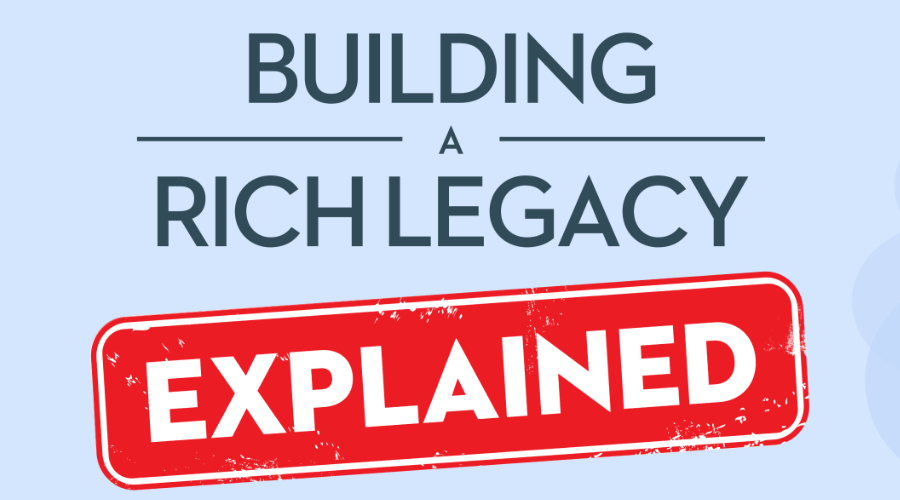We’re often asked, “What is an RRSP?” It’s a common question, along with, “How does an RRSP work?” A Registered Retirement Savings Plan, or RRSP, is a government-registered retirement savings account, designed to help Canadians save for retirement.
RRSP benefits include tax-deductible contributions. For tax purposes, the money you save in an RRSP is deducted from your income. So, for example, if you contribute $10,000 one year and you’re paying 35% in tax, you would get a tax refund of $3,500. All income earned in RRSPs in Canada is also free from tax, including interest, capital gains and dividends.
How does an RRSP work in Canada?
If you’ve ever wondered, how does an RRSP work, it’s actually fairly simple. Every year, anyone between the ages of 18 and 71 can make a maximum contribution to their Registered Retirement Savings Plan. What is an RRSP’s maximum contribution? The lesser of 18% of the income earned in the previous year or $26,500 for 2019 (this amount changes annually). You can carry unused contributions forward to the following year, meaning that you can always “catch up” if you have missed out on contributing in any prior years.
If you take money out of your RRSPs in Canada before you retire, you will have to pay withholding tax (between 10-30%, depending on the amount). You may also pay income tax on the amount withdrawn. By your 71st birthday, you have to withdraw or convert the money within your RRSPs into a Registered Retirement Income Fund (RRIF) or an annuity.
You withdraw money from your RRIFs the following year, unless you have a younger spouse, in which case you can wait until their 71st birthday. You must withdraw a set minimum amount every year. Now you know the answer to how does an RRSP work, what is an RRSP’s position in your retirement planning?
If you are not financially prepared for retirement, you may not be able to enjoy these years to the fullest. If you think you may not have sufficient savings then don’t worry, there are ways you can prepare for your retirement without the burden of any monthly mortgage payments.
How Registered Retirement Savings Plans help in retirement planning
RRSPs in Canada are designed to promote retirement saving, especially for entrepreneurs, self-employed people and those working for companies that don’t offer group pension plans.
What is an RRSP’s tax status? Growth of your savings in your Registered Retirement Savings Plan are tax-free. As mentioned above, RRSP contributions are tax-deductible, which could save you thousands of dollars in tax, leaving you with more money to grow your savings faster.
When you retire, the savings you accumulated can be turned into regular retirement income through RRIFs or annuities.
The different types of Registered Retirement Savings Plans
- Individual RRSPs – only one contributor on the account
- Spousal RRSPs – these bring tax advantages while allowing higher-earning spouses to contribute to their spouse’s RRSPs
- Group RRSPs – these are arranged by an employer and allow employees to make contributions through payroll
- Pooled RRSPs – aimed at small businesses employers/employees and self-employed people
Types of accounts and investments allowed in RRSPs in Canada
What is an RRSP good for when it comes to growing your money? There is a wide variety of ways you can grow the money held in your RRSP accounts:
- Mutual funds
- Exchange-traded funds
- Equities/shares
- Bonds
- Savings accounts
- Income trusts
- Guaranteed Investment Certificates
RRSP advantages and disadvantages
As with any investment or savings plan, RRSP advantages and RRSP disadvantages should be considered before you invest in them.
RRSP advantages:
- RRSP benefits include tax-deductible contributions, meaning you will pay less tax
- No matter how much the investments within your RRSPs make in capital gains, interest or dividends, you won’t be charged tax, which helps your money to grow faster
- By the time you do start drawing from your RRIFs, the chances are that you’ll be in a lower tax-bracket and therefore will be paying a lower tax rate than when you were working, so you will pay less tax on any withdrawals
RRSP disadvantages:
- Your RRSP investment value could fluctuate depending on the market conditions and the type of investments you have
- If your taxable income on retirement is the same or more than when you were working, you won’t benefit from tax-deferral
- If the holder of an RRSP dies, the proceeds are taxed before passing to their heirs (unless they go into a spouse’s RRSP or RRIF)
- Withdrawals from RRSPs and RRIFs are counted as income: this could have a negative impact on government support such as Guaranteed Income Supplements. If you go into a long-term care facility, all of your RRIF income could go towards paying for it
How to boost your RRSP retirement savings
How does an RRSP work towards giving you a secure retirement? As with any retirement planning, you need to start early. Financing a retirement that could last 20+ years requires substantial savings, so starting at a young age is essential to ensure financial independence.
If you’re worried that your RRSP savings won’t pay for the lifestyle you want, there is an easy way to boost your retirement income. Taking out a reverse mortgage will allow you to cash in on some of your home’s equity with either a lump sum or regular payments that can compliment the income from your RRSPs. The best thing is, you don’t have to pay a cent of it back until you sell up or move out, so this can really improve your cash flow.
Contact us at 1-866-522-2447 to find out how much tax-free cash you could qualify for to help you live the retirement lifestyle you want.
































